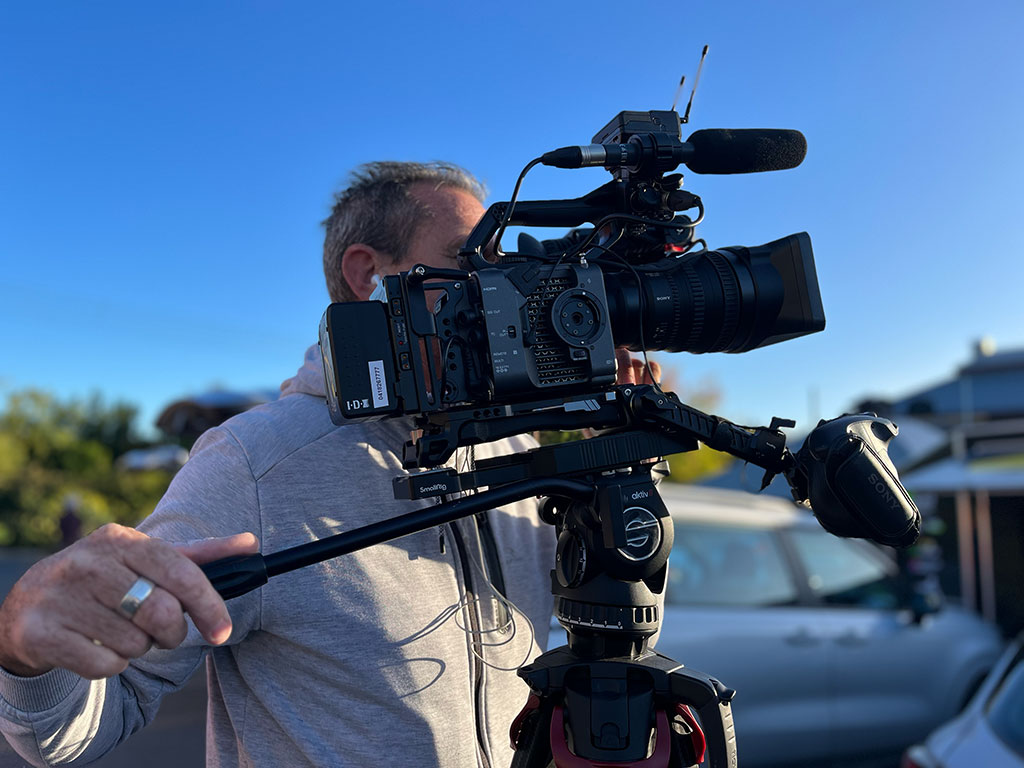In the world of video production, the script is the foundation upon which captivating narratives are built. Whether you’re creating a corporate video, a commercial, or a documentary, a well-crafted script is the key to engaging your audience and conveying your message effectively. In this blog post, we’ll delve into the art of scriptwriting and provide you with valuable insights on how to write a good script that shines.
Understanding Your Audience
Before you put pen to paper (or fingers to keyboard), it’s crucial to understand your target audience. Who are they? What are their interests, pain points, and aspirations? Tailoring your script to resonate with your audience is the first step in ensuring its effectiveness. Speak their language, address their concerns, and offer solutions that matter to them.
Define Your Message
Every script should have a clear and concise message. What do you want your audience to take away from your video? Whether it’s to inform, entertain, inspire, or persuade, defining your message sets the direction for your script. Keep it focused and avoid overloading your audience with information. A well-defined message is more likely to resonate and be remembered.
Structure is Key
A well-structured script keeps your audience engaged from start to finish. The classic three-act structure—beginning, middle, and end—provides a solid framework. Start with a compelling hook in the beginning to grab your audience’s attention. In the middle, develop your narrative, introduce conflicts, and build tension. Finally, resolve the story in a satisfying way by the end.
Show, Don’t Tell
One of the cardinal rules of scriptwriting is “show, don’t tell.” Instead of explicitly stating information, use visual storytelling and dialogue to convey it naturally. Let your audience draw their conclusions. This approach not only makes your script more engaging but also allows for a deeper emotional connection.
Character Development
If your script involves characters, invest time in developing them. Create relatable, well-rounded characters with distinct personalities, motivations, and conflicts. Engaging characters draw viewers into the story and make them care about the outcome.
Dialogue Matters
Natural and compelling dialogue is a hallmark of good scriptwriting. Keep it concise, authentic, and relevant to the story. Read your dialogue out loud to ensure it flows smoothly and sounds natural. Avoid clichés and opt for unique, character-driven dialogue that adds depth.
Edit and Revise
Once you’ve drafted your script, it’s time for the editing phase. Trim unnecessary dialogue, tighten the narrative, and ensure every scene serves a purpose. Edit for clarity, coherence, and pacing. Consider seeking feedback from colleagues or peers to gain valuable perspectives.
Visualise Your Script
As you write, consider the visual elements of your script. How will the scenes be shot? What camera angles, lighting, and settings will enhance the storytelling? This foresight helps both the scriptwriter and the production team better understand the vision.
Writing a good script is a skill that improves with practice. It’s the blueprint that guides your video production, so invest the time and effort needed to make it exceptional. By understanding your audience, defining your message, structuring your script effectively, and focusing on character development and dialogue, you’ll be well on your way to crafting compelling narratives that captivate your audience and deliver your message with impact. Happy scriptwriting!




